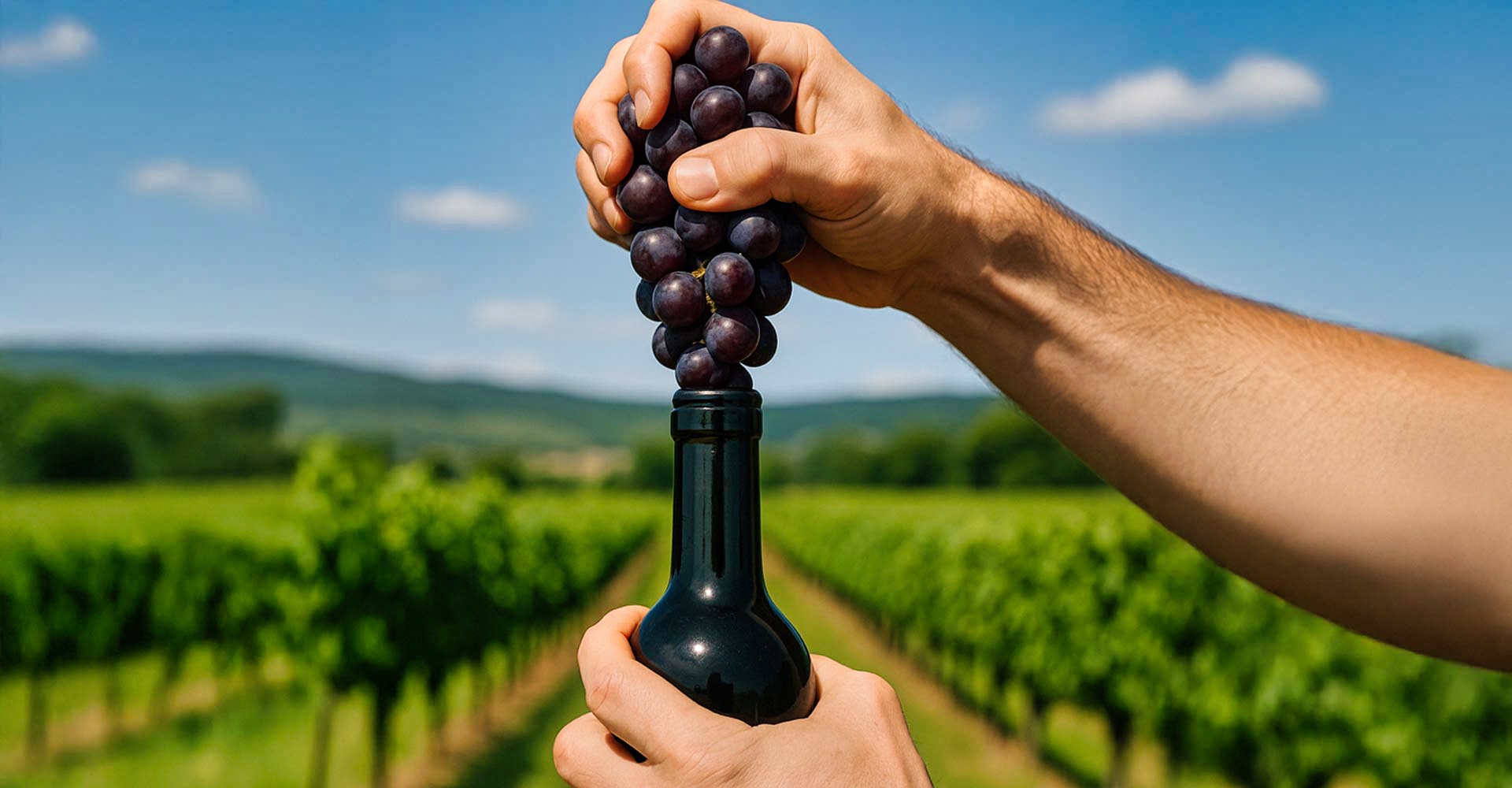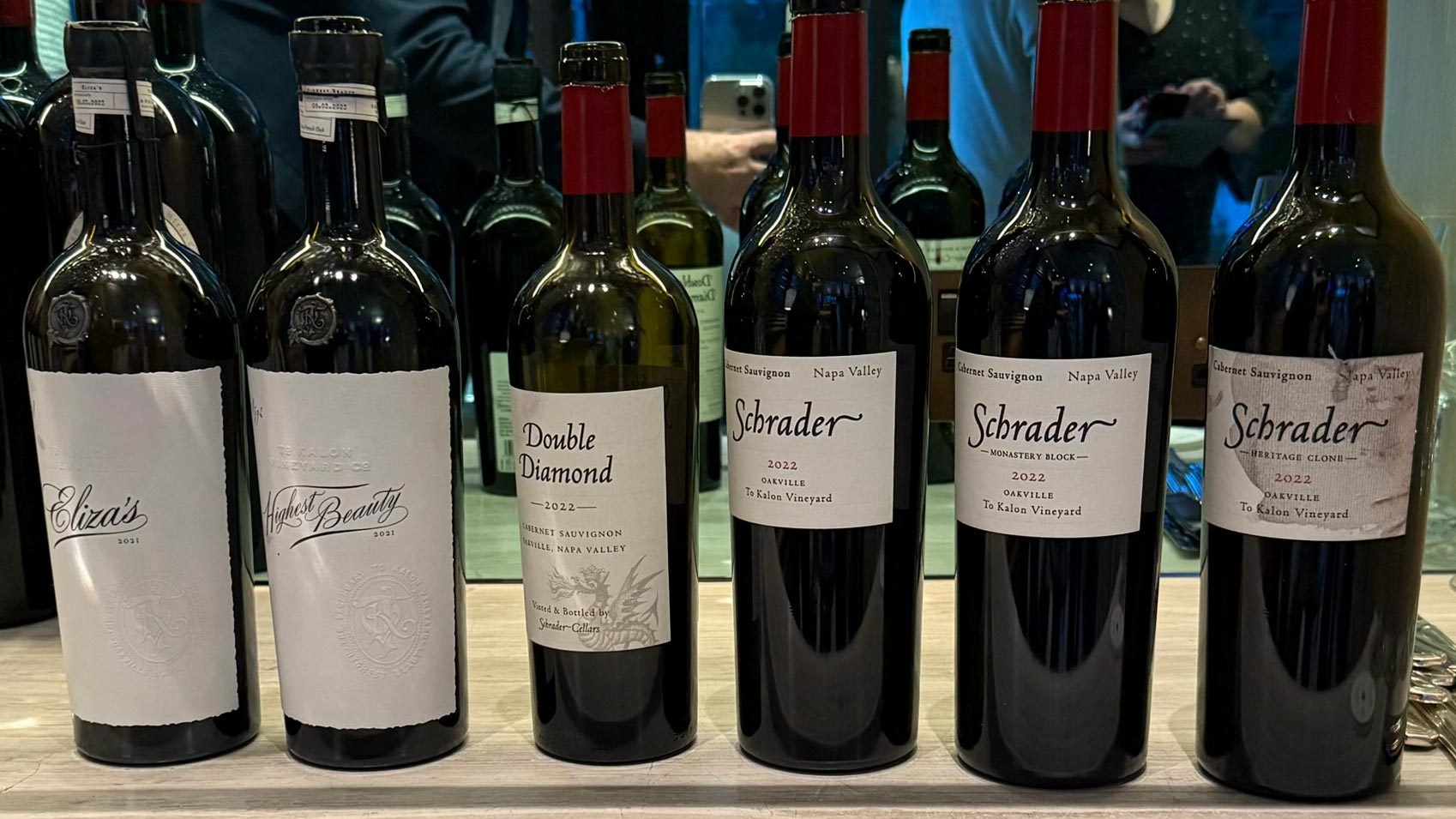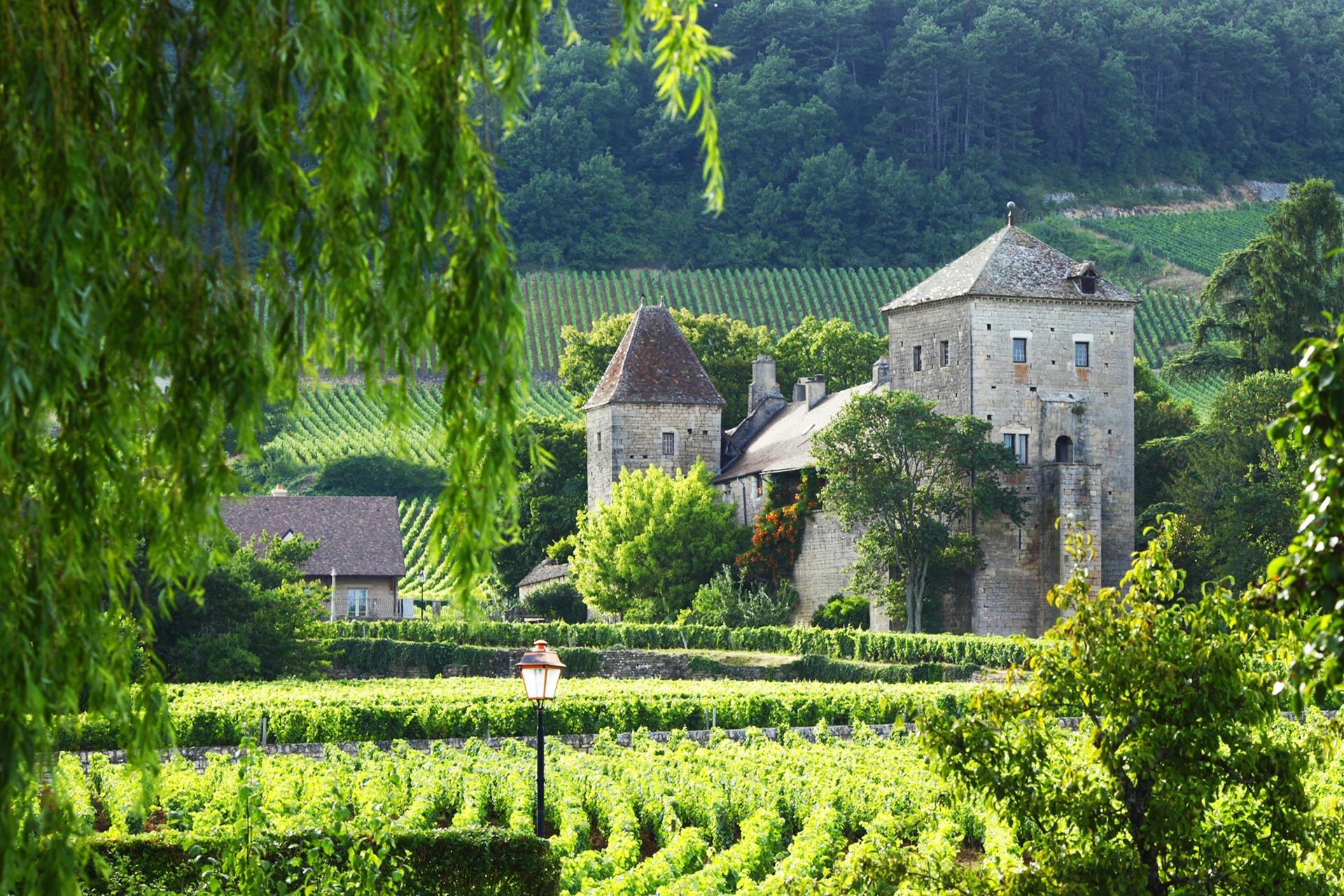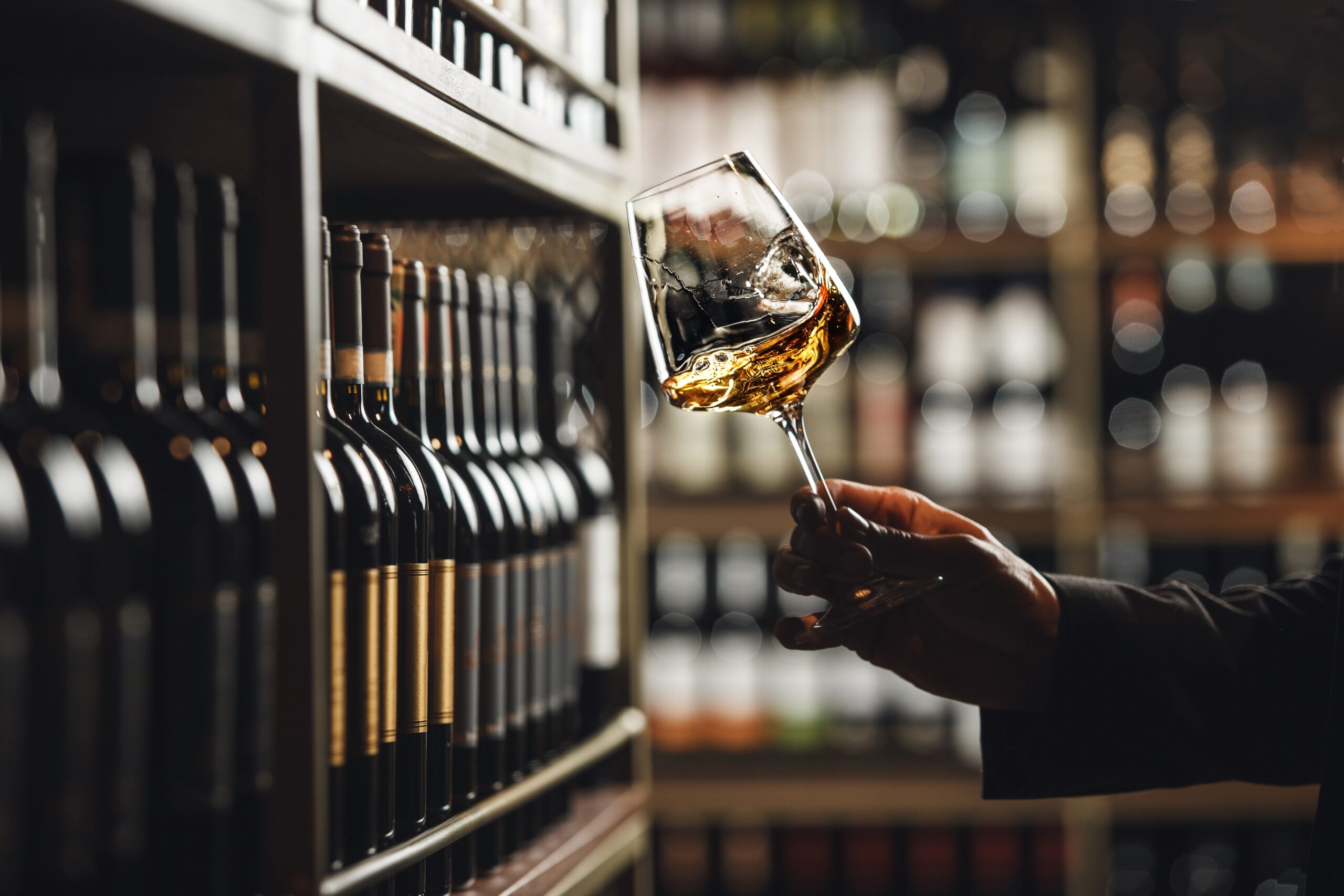Wine without the buzz? Sounds like a party without music—but hold your glass. The low- and no-alcohol (NoLo) wine trend isn’t just another health fad; it’s a full-blown cultural shift with grape expectations.
Health-conscious Millennials and sober-curious Gen Zs are driving the demand, while winemakers are battling to bottle the magic of a Bordeaux, minus the booze. So, how exactly do you make a wine that isn’t technically wine anymore? Let’s swirl, sniff, and sip through the science, regulation, and market madness of NoLo wines.
From Vineyard to Science Lab: How It’s Made
Real NoLo wines start life like the rest of the vineyard crowd—grapes, fermentation, the works. The twist? The alcohol gets yanked out. That’s right, winemakers use space-age tech like Vacuum Distillation, Reverse Osmosis, and Spinning Cone Columns to gently suck the soul (and spirit) from your beloved Pinot.
Each method tries to keep flavour in the glass while alcohol takes a walk. But let’s be honest—it’s tricky. Alcohol isn’t just there to get you tipsy; it carries aroma, adds body, and smooths out acidity. Remove it, and you’ve got yourself a very fancy grape soda… unless you’ve nailed the method (looking at you, SCC).
Not Your Grandad’s Wine: Why It Tastes Different
Ever tried a dealcoholised red and thought it felt…thin? That’s because alcohol gives wine its weight and warmth. Remove it; even the best blend can feel like it skipped leg day.
Winemakers fight back with tricks: blending in grape must, boosting acidity, and using aromatic grape varieties that hold their nose even after losing their spirit. The result? Some NoLo wines now pass the “is this actually good?” test. But the sensory gap is still real, especially for reds. Making a booze-free Barolo that doesn’t taste like tomato water? Still a work in progress.
Wine… or Not? The Legal Hangover
Now for the bureaucratic hangover: regulators around the globe can’t agree on what to call this stuff. In the EU, it’s “dealcoholized wine” if it’s under 0.5% ABV. In the UK? It can’t be called wine at all—unless you’re at a church altar.
The US splits the rulebook in two, depending on whether your bottle tips the scales at 7% ABV. It’s a labelling labyrinth, and producers need a legal degree just to print a label.
Still, change is in the air. The EU’s warming up to letting prestigious GI wines go dealcoholized (bonjour, alcohol-free Champagne?). Even the UK might lighten up. Slowly but surely, NoLo is elbowing its way into the wine club.
Will It Age Like a Fine… Grape Juice?
Despite double-digit growth, NoLo wines are still a small pour in the global wine bottle. But the forecast is sunny, especially in the US and Asia Pacific.
Premiumisation is on the rise, and with big-name wineries jumping in, the days of “tastes like regret” are numbered. Tech is getting better, sensory gaps are closing, and marketing is finally moving past sad beige labels and into stylish, sober sophistication.
To Sip or Not to Sip?
Let’s be clear: NoLo wines aren’t just juice, but they’re not quite wine either. They’re something new—crafted, considered, and catering to a changing world. Whether you’re sober curious, driving tonight, or just dodging hangovers, there’s a bottle with your name on it.
So, next time someone asks if it’s still wine, smile, pour a glass, and say, ” It depends who’s asking.”



